Investigating Security Vulnerabilities in Avionics On-board Networks
VerifiedAdded on 2021/06/18
|7
|584
|336
Report
AI Summary
This report examines the critical issue of cybersecurity in avionics, focusing on the vulnerabilities of on-board networks. It highlights the increasing use of wireless networks in aeroplanes and the potential for cyberattacks, emphasizing the need for robust security measures. The report discusses the challenges of securing these networks, including the use of unique profiles, firewalls, and software certifications. It also explores methods to address cyber threats, such as regular security patches and remote monitoring. The author concludes that despite the existing security measures, on-board networks are still vulnerable, and the report underscores the importance of proactive security measures to protect these critical systems.
1 out of 7
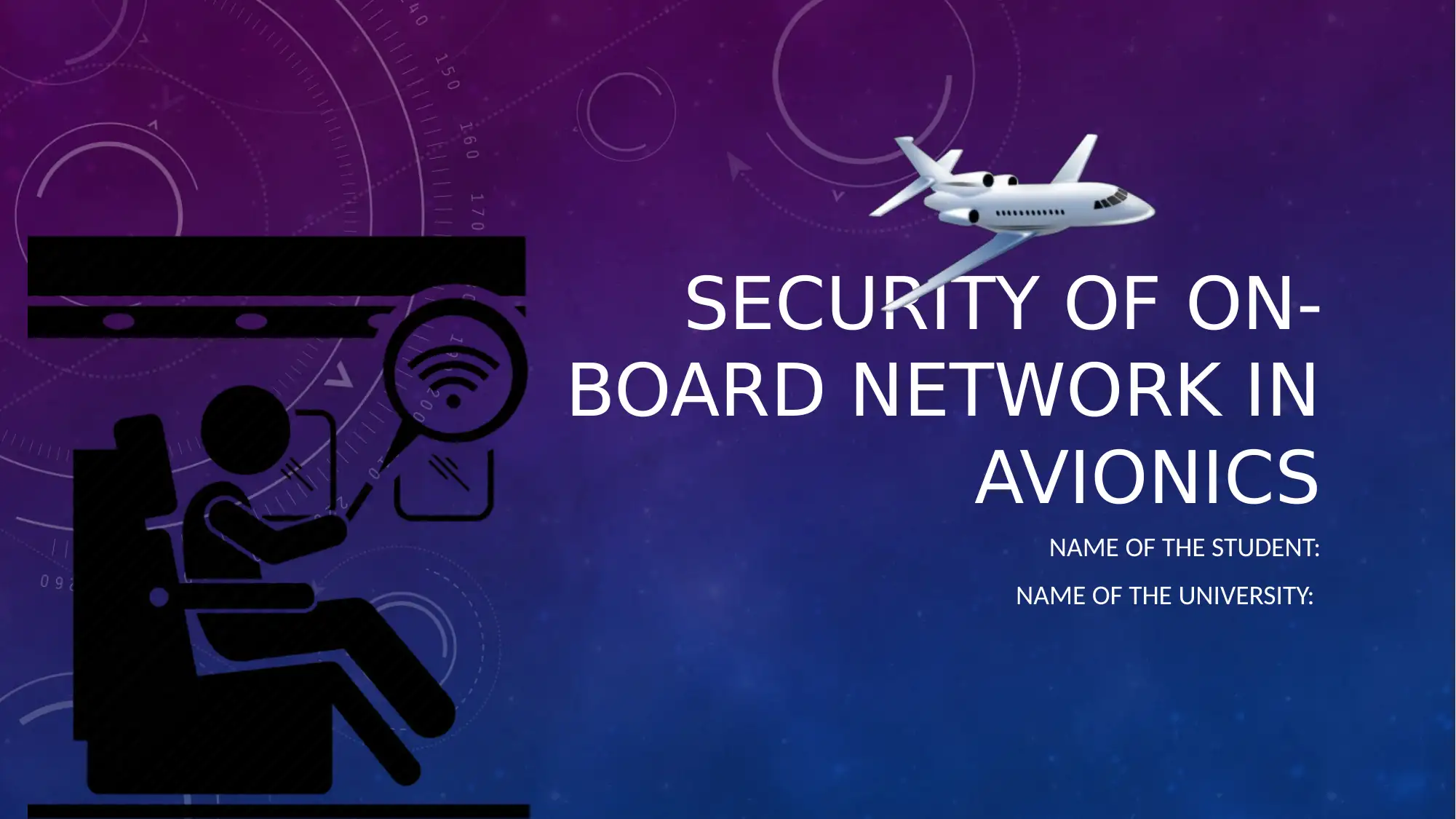
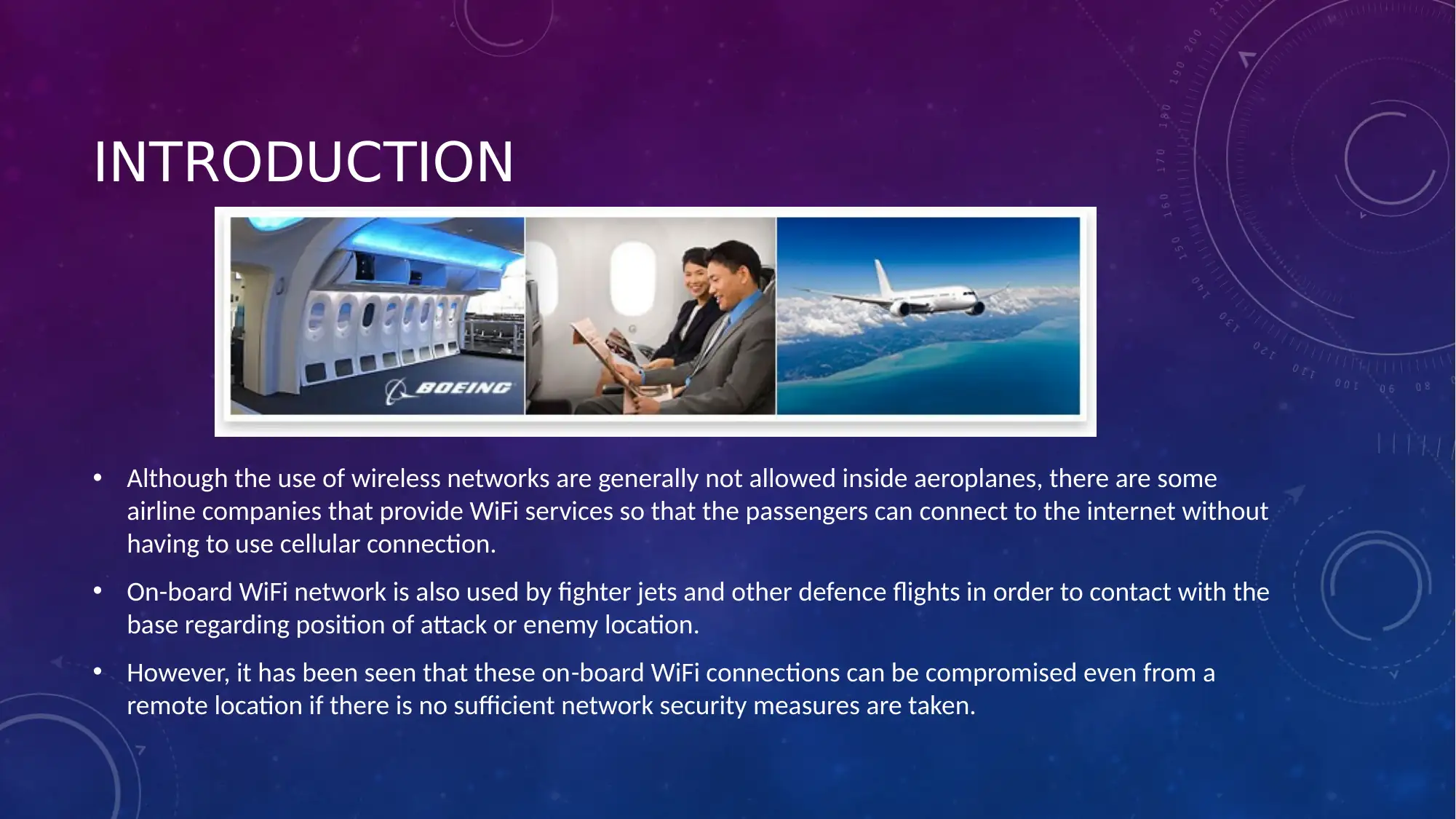
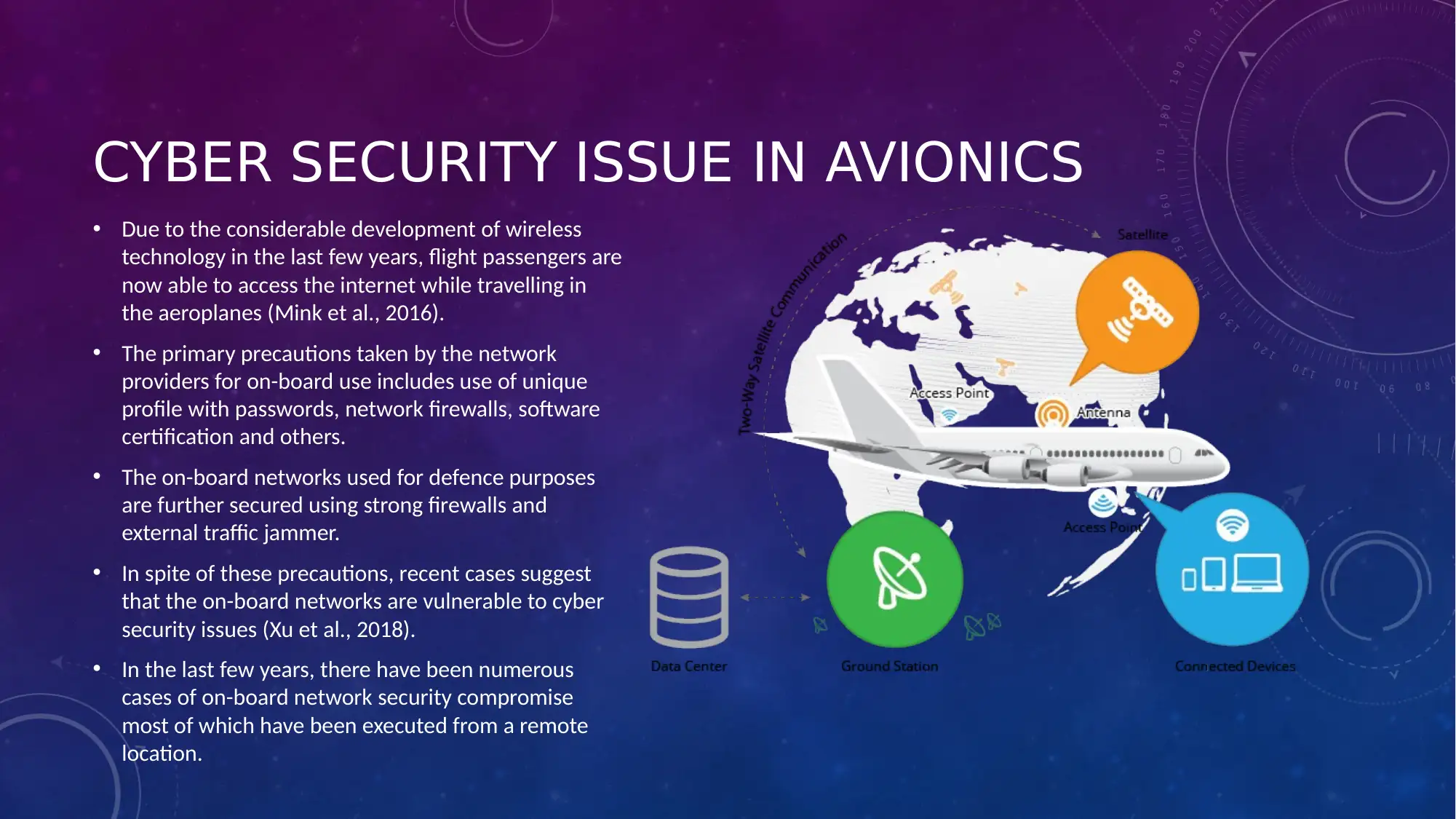

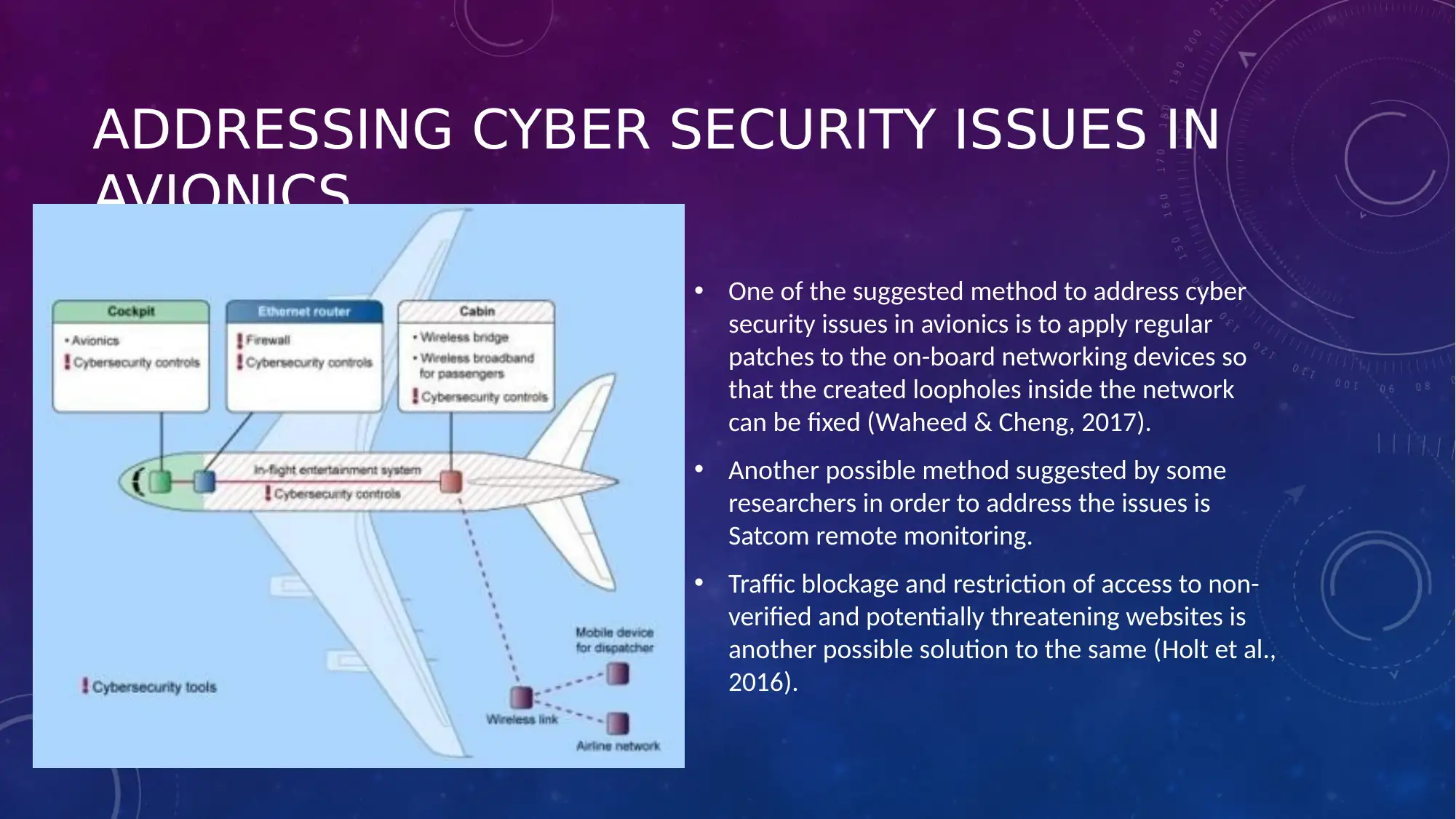
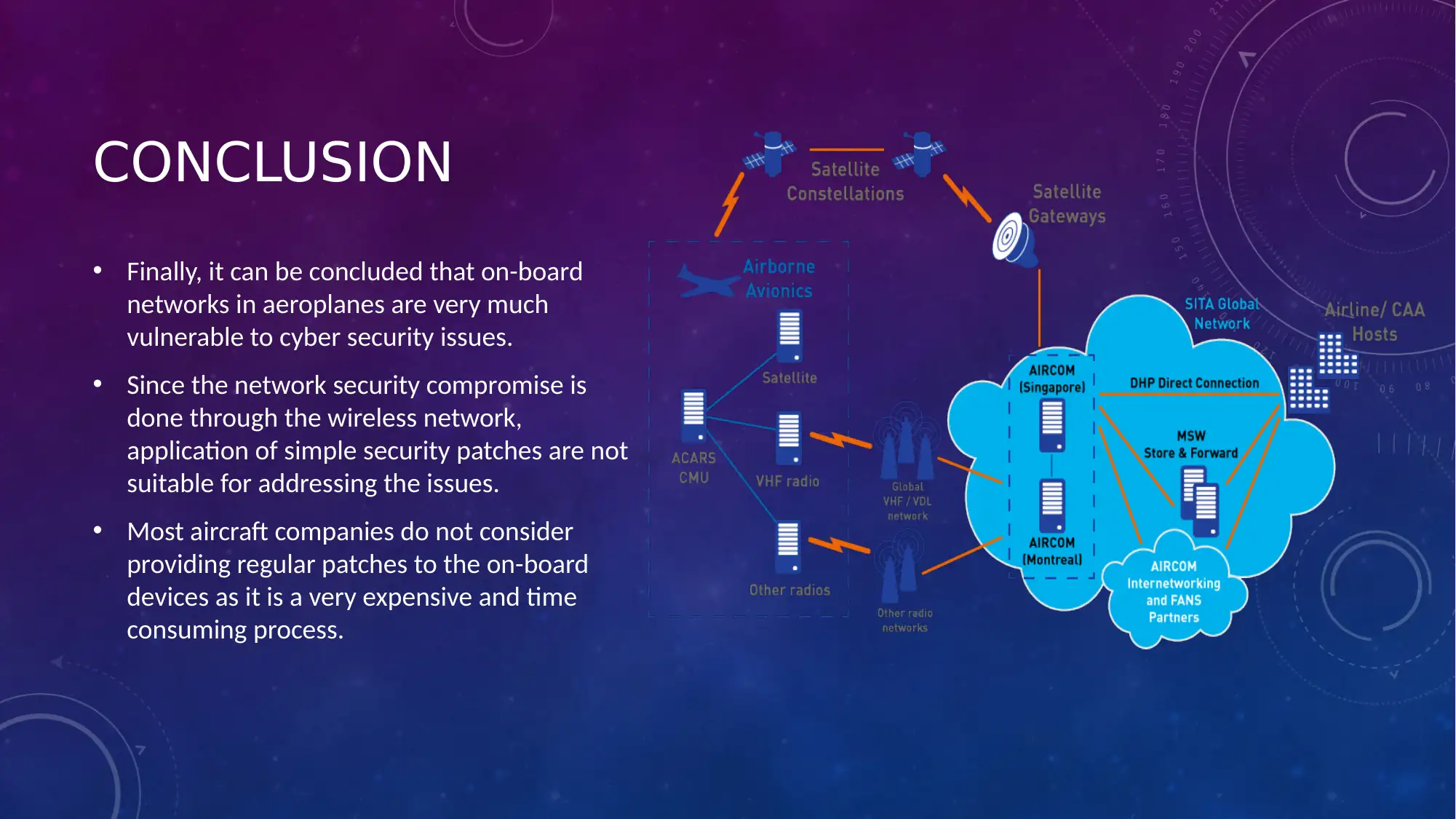
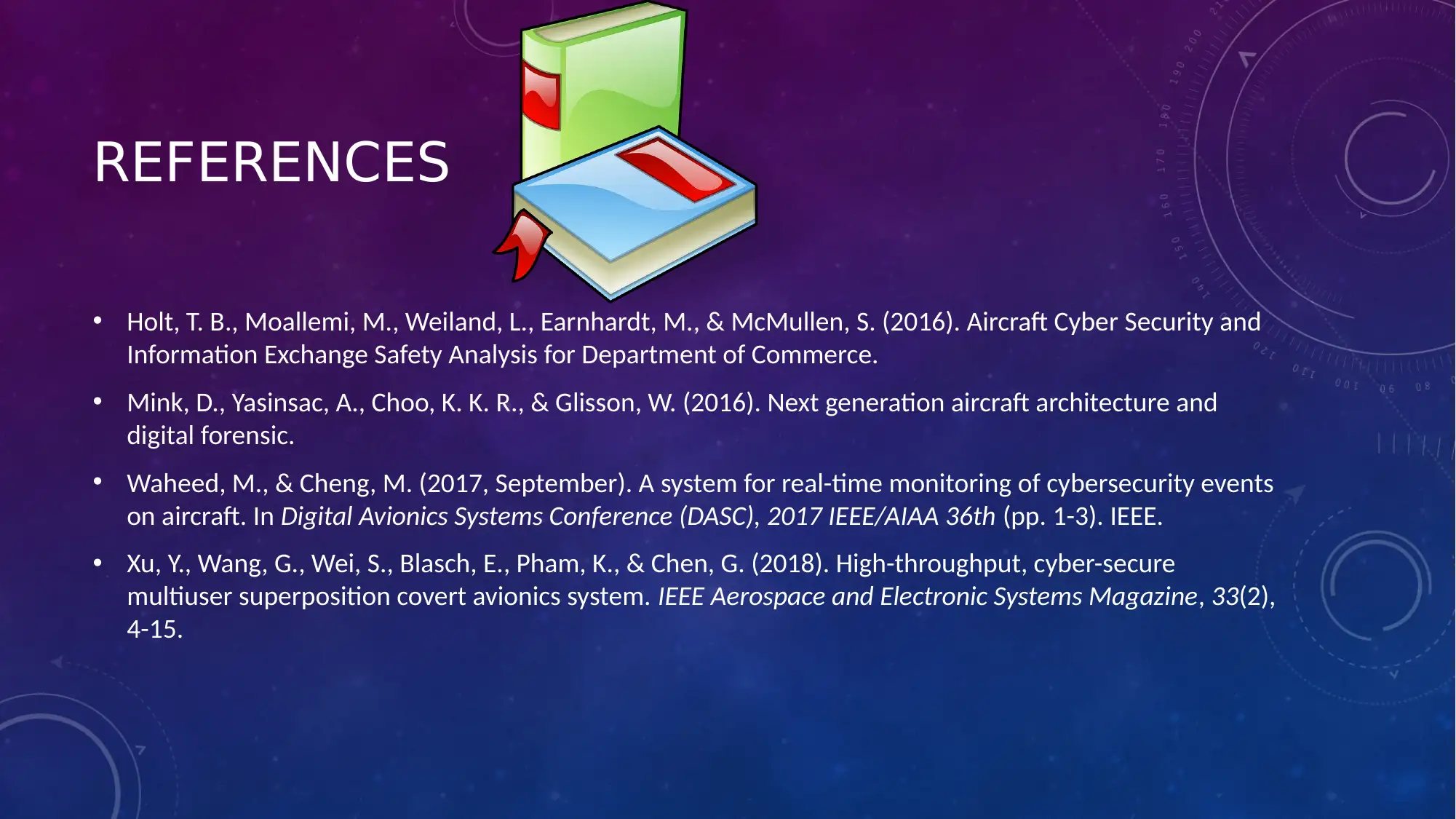

![[object Object]](/_next/static/media/star-bottom.7253800d.svg)